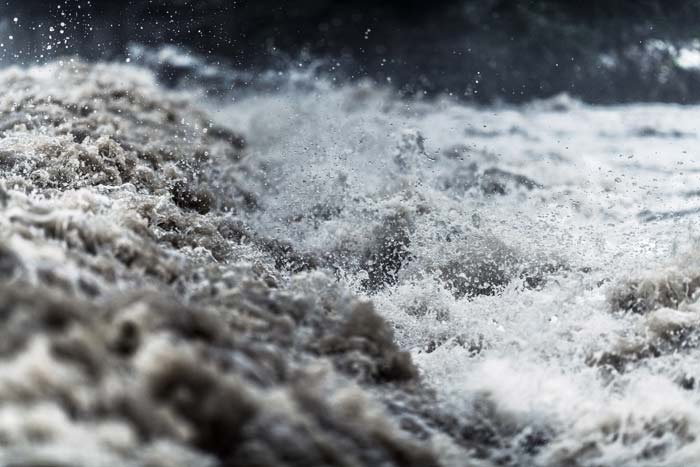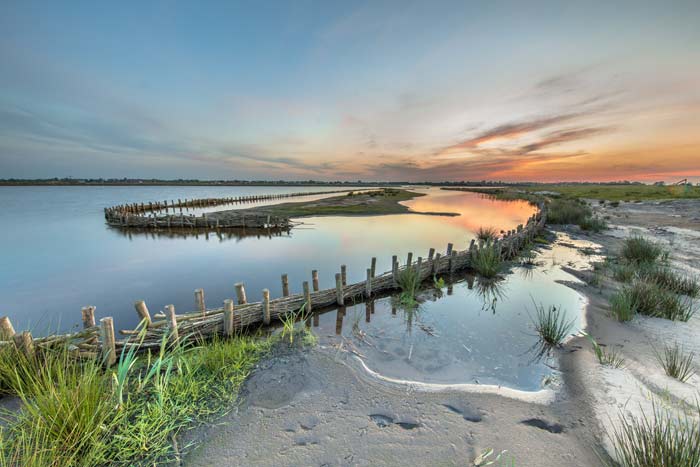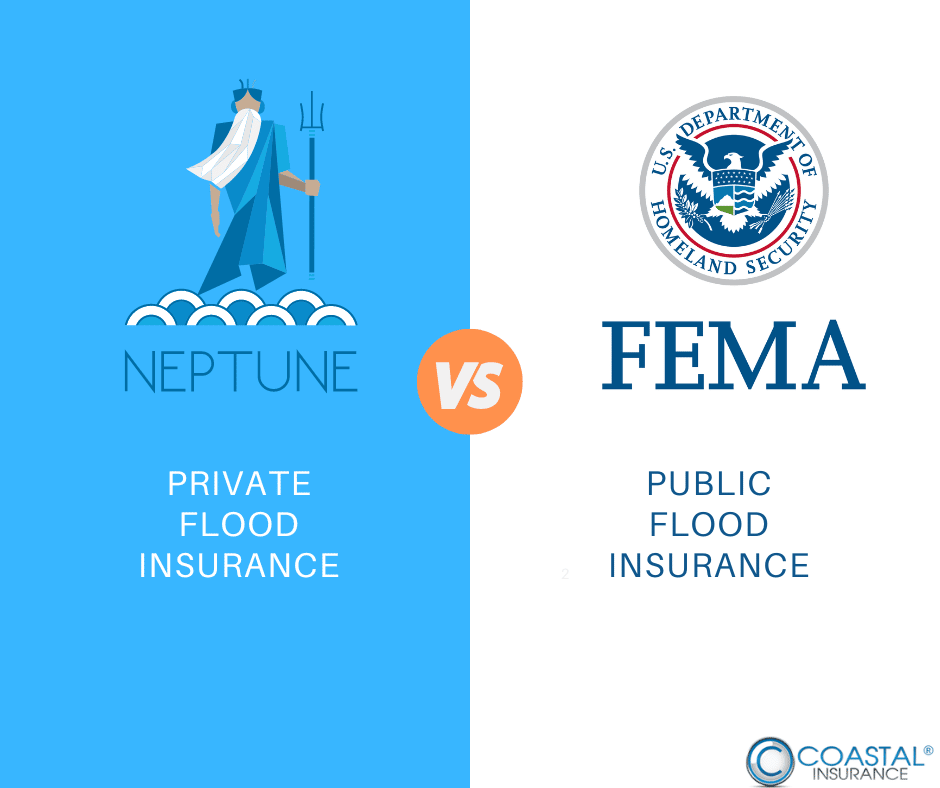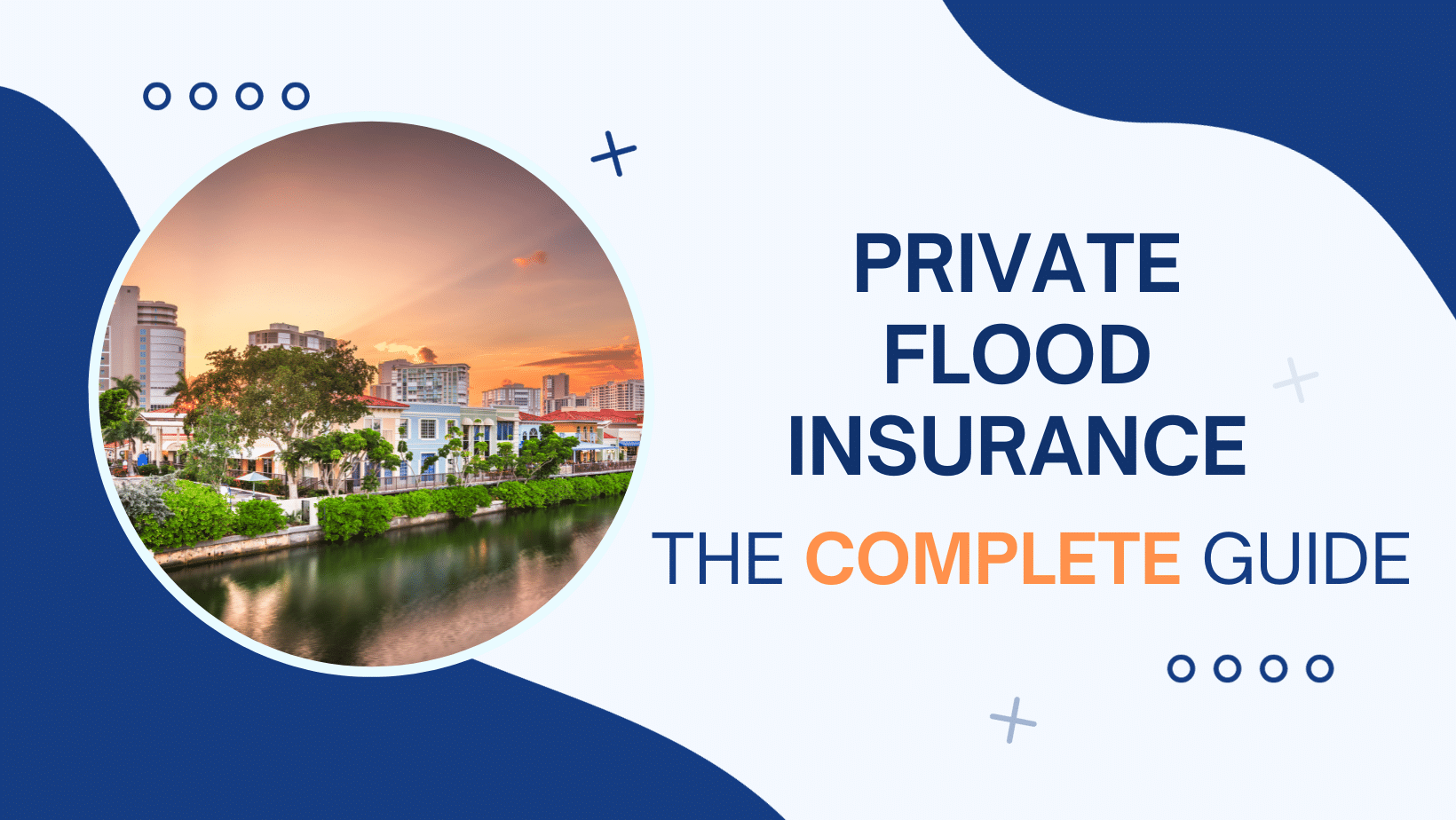
If you live in a coastal state like Florida, New York, New Jersey, Connecticut or California, you may wonder if you need flood insurance for your home. Even if flood insurance is not mandated by your mortgage company, it’s a wise investment to protect your home and belongings.
Every home is at risk of flood damage. If it rains where you live, your home could flood. Since homeowners insurance policies do not cover damage from rising waters, flood insurance is your best protection against this catastrophic event.
Understanding NFIP (FEMA) Flood Insurance
Since 1968, the National Flood Insurance Program (NFIP) has paid out tens of billions of dollars in insurance claims. Superstorm Sandy, which hit New York, Long Island, and part of New Jersey in 2012, and Hurricane Harvey in Florida in 2017, resulted in the second-largest payouts from the NFIP, each totaling $8.8 billion. These events were second only to Hurricane Katrina, which led to $16.3 billion in payouts in 2005.
In 1983, the NFIP began permitting private insurance agencies to write flood insurance through the NFIP, as part of the Write Your Own (WYO) program. These policies, available through 59 insurance agents across the country, are backed by the federal government, but underwritten and managed through private carriers.
Both NFIP and WYO policies carry coverage limits of $250,000 for structures and $100,000 for personal property.
If you’re shopping around for flood insurance, your first thought may be to purchase a policy through NFIP or through a private insurance agency that participates in WYO.
But private flood insurance is a viable alternative. In fact, it may be the only option for high-value homes or individuals who want full replacement cost coverage on a home worth more than $250,000.
If you live in a house worth more than $250,000, as most of us here on Long Island do, you probably have questions about private flood insurance and how it can help you protect the home you’ve worked so hard for.
What Is Private Flood Insurance?
Private flood insurance is an insurance policy written by a private carrier. Private flood insurance is not backed by the federal government, so you want to be sure your carrier has the backing to support your claim, especially after a major storm event that could result in billions of dollars in payouts.
Previously, private flood insurance was only recommended for high-value homes that wouldn’t be covered under an NFIP policy or homes that wanted additional coverage beyond the $250,000 limit of NFIP policies.
Private flood insurance is now becoming more popular, with some carriers offering as much as 25% savings over NFIP insurance, shorter waiting periods, and faster claims payouts.
Just like NFIP flood insurance, private flood insurance covers your home against damage that occurs as a result of rising waters, which is not covered by conventional home insurance.
What Is the difference between NFIP (FEMA) and Private Flood Insurance?
Beyond the obvious difference, homeowners will see several variations between NFIP and private flood insurance.
Some private flood insurance carriers permit coverage limits up to $2 million for a home and $500,000 for its contents. If you have special collections, such as wine, firearms, or fine art, a private insurer can offer even higher coverage limits for these items. Private flood insurance also pays living expenses if you can’t stay in your home during the restoration and renovation process.
You may also find that a private insurer will pay your claims faster, especially following a storm like Hurricane Katrina or Superstorm Sandy.
Is Private Flood Insurance Cheaper Than Federal Flood Insurance Policies?
With so many advantages to private flood insurance, including greater coverage limits, you might expect a policy to cost more. After all, NIFP policies are subsidized by the federal government.
But 77 percent of Florida homeowners could get a better deal on flood insurance through a private carrier, according to ValuePenguin. Likewise, 69 percent of homeowners in Louisiana and 92 percent in Texas could pay smaller premiums. But the same study also reported that some homeowners could pay as much as two times the cost of an NFIP policy with private flood insurance, so it’s important to shop around and explore your options.
Today’s technology can better calculate the risk of flooding in specific areas, which could result in reduced premiums for homeowners in lower-risk flood zones.
Do Banks and Mortgage Lenders Accept Private Flood Insurance?
Private flood insurance only started to grow in popularity since 2014. Until recently, many banks and mortgage lenders would not accept private flood insurance for homes located in specific flood hazard areas. The lender wanted to be sure the insurance company would be able to pay in the event of a claim.
In 2012, the Biggert-Waters Act allowed lenders to accept private flood insurance policies if the policy met certain criteria for coverage but did not require it.
In July 2019, a new rule will go into effect as part of the Biggert-Waters Act, that requires lenders, including federal agency lenders like Fannie Mae and Freddie Mac, to accept private flood insurance. This will create a more competitive marketplace and give homeowners more choices in flood insurance policies.
New flood insurance rules enacted in October 2018 also make it easier to switch to a private flood insurance policy mid-year and even obtain a refund for the balance of your NFIP policy.
It’s important to remember that you have choices in flood insurance policies, and you should shop around for the best deal.
Does Private Flood Insurance Have a Waiting Period?
If you’ve been watching the weather reports for the coast and decide to buy a flood insurance policy, even if it’s not mandated by your bank, you might be surprised to learn there’s a 30-day waiting period before your federal flood insurance policy will go into effect. Some private flood insurance companies only require a 10-day waiting period.
With NFIP insurance or a private policy, if you are buying flood insurance at the same time you are purchasing a mortgage for a home, your policy will go into effect at closing in order to meet any lender requirements for insurance.
Where Can Homeowners Buy Private Flood Insurance?
Now that you know more about private flood insurance, you may be wondering where you can find the best rates.
When choosing a private flood insurance broker, make sure to choose one that works with reputable carriers, so you know you’ll be covered in the event of a catastrophic flood.
Coastal Insurance has written NFIP and private flood insurance policies for regular and high-value homes in Long Island, New York, and New Jersey for decades, and we work with top carriers to deliver the best value and savings.








